SIX OF CROWS: We Are All Someone’s Monster



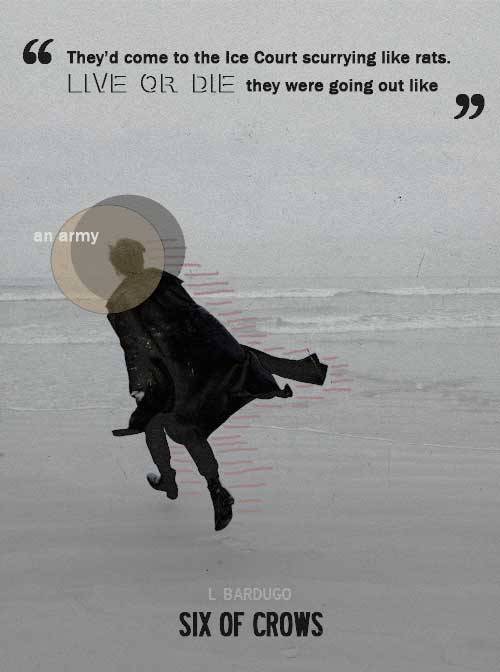
SIX OF CROWS: we are all someone’s monster
More Posts from Temple-of-bullets and Others
the commodification of friendship is the most annoying thing to come out of the internet in ages. like actually i love to break this to you but you're supposed to help your friends move even if it's hard work. or stay up with them when they're sad even if you're gonna lose sleep. you're supposed to listen to their fears and sorrows even if it means your own mind takes on a little bit of that weight. that's how you know that you care. they will drive you to the airport and then you will make them soup when they're sick. you're supposed to make small sacrifices for them and they are supposed to do that for you. and there's actually gonna be rough patches for both of you where the balance will be uneven and you will still be friends and it will not be unhealthy and they will not be abusive. life is not meant to be an endless prioritization of our own comfort if it was we would literally never get anywhere ever. jesus.
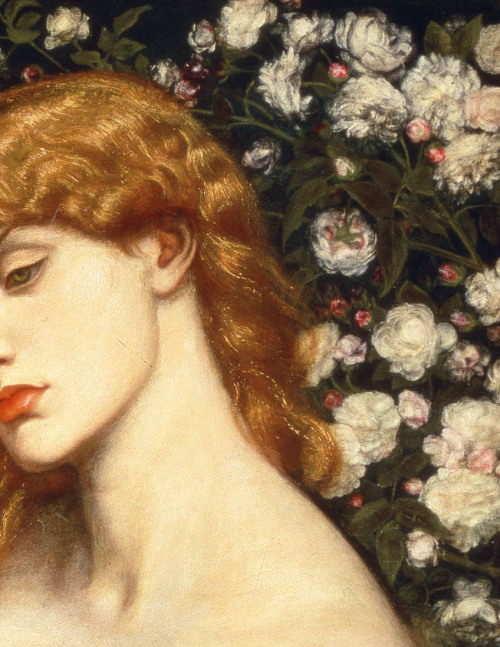
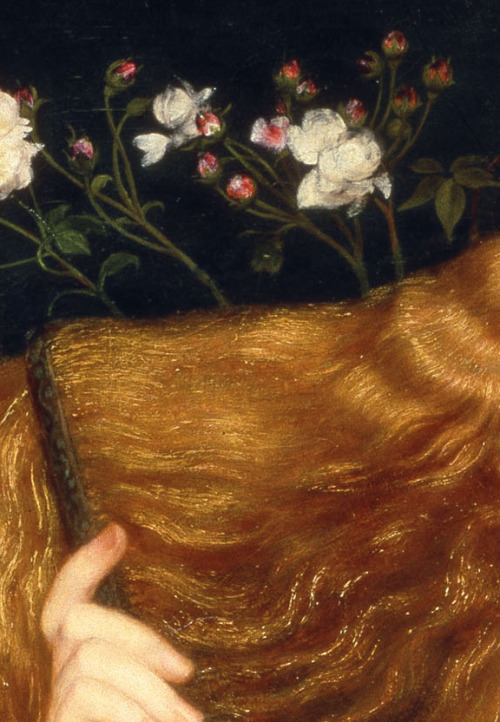
Details of Lady Lilith, Dante Gabriel Rossetti, 1866–1868.

Inktober #23: Ancient








And Phaethon, as he inhaled the air, burning and scorching as a furnace blast, and saw destruction on the flaming world, and his great chariot wreathed in quenchless fires, was suddenly unable to endure the heat, the smoke and cinders, and he swooned away.
Ovid, Metamorphoses, Book 2
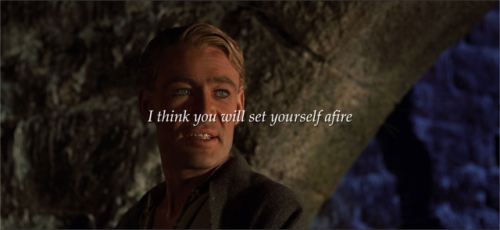
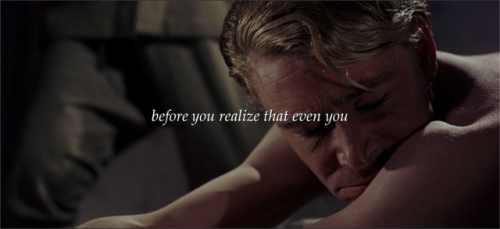
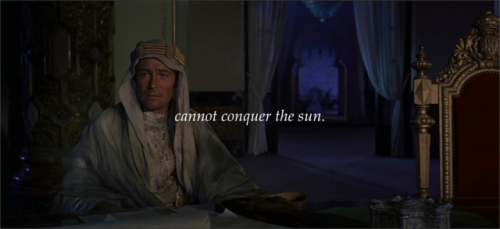
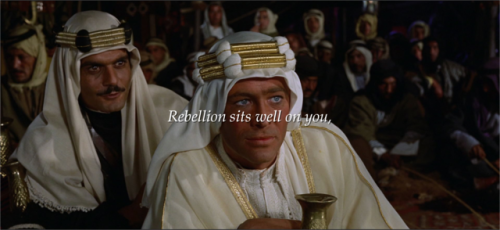
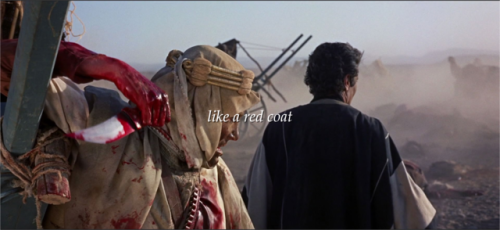
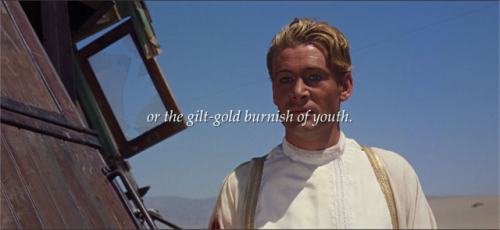

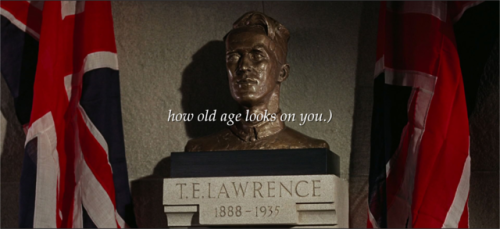
You are breaking my heart. — Elisabeth Hewer

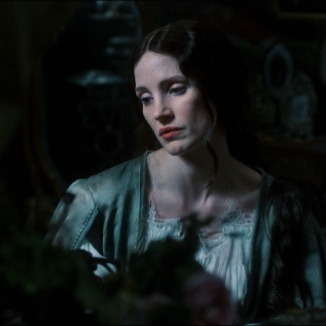


During an interview about her incredible costumes for the film Crimson Peak (2015), Kate Hawley mentioned two paintings that particularly inspired her design of the leading female cast’s iconic attire. Proserpine by Dante Gabriel Rossetti (1874, top left) was taken into consideration for the character Lucille Sharpe, otherwise known as The Moth (top right). For Edith Cushing (bottom right), thought of as The Butterfly in contrast, The Bridesmaid by John Everett Millais (1851, bottom left) was said to have greatly influenced the character’s hauntingly beautiful look of cascading hair and the bridal-esque nightgown attire.




It is the future that we bring when tomorrow comes!
Can you tell me more about fabric flower hair pins used in hanfu? I saw a lot of Japanese-style kanzashi in “The Empress of China”, but I couldn’t find any info of that sort of hair ornament used in Chinese history.
Hi, thanks for the question!

Yep, you’re right - the Cdrama “The Empress of China” sometimes uses Japanese-style fabric flower hairpins (see example below) that are culturally and historically inaccurate (then again, Chinese costume dramas are notorious for being loose with sartorial historical accuracy…):

So let’s now take a look at actual Chinese fabric flower hairpins:

The umbrella term for Chinese flower hair ornaments is Zan Hua/簪花 (lit. “flower hairpins”), which includes fresh flowers as well as artificial ones made from fabric, paper (Zhi Hua/纸花), beads (Zhu Hua/珠花), etc.
Traditional Chinese fabric flower hairpins used with Hanfu include (but are not limited to!):
1) Juan Hua/绢花: “Silk flowers” - flower imitations made from silk fabrics of various colors. Dates back to more than 1,700 years ago, and was the main ornament for women during the Tang Dynasty. In 2008, Beijing Juanhua was officially designated as an intangible cultural heritage of China.


2) Chan Hua/缠花: “Wrapped flowers” - using colorful silk threads to wind flower art onto fixed frames. The technique of wrapping flowers originated during the Ming dynasty and flourished in the Qing dynasty. Notable for being small, delicate, and lifelike. Has been designated as an intangible cultural heritage of China.



3) Rong Hua/绒花: "Velvet flowers” - made from fine silk on twisted wire frames. Dates back to the Qin Dynasty, and was a marker of nobility. Eventually became popular among the common people during the late Ming and early Qing dynasties, and was mainly worn during festivals and weddings. In 2006, Nanjing Ronghua was officially designated as an intangible cultural heritage of China.



For more resources, you can check out my Zanhua tag for my posts on Chinese floral hair ornaments, as well as my sub-tags for Chanhua and Ronghua.
Of course this doesn’t cover everything, but hope this helps! ^^
Sources/Images: 1, 2, 3, 4, 5, 6, 7, 8, 9, 10, 11, 12
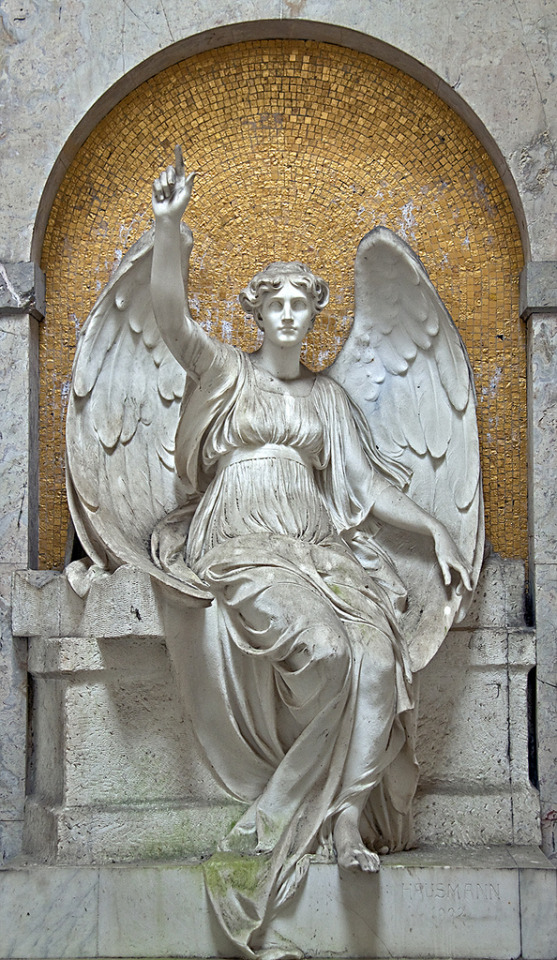
“Golden Angel” by xollob58






Here are some gifs of Hamlet and Horatio being very friendly and heterosexual in Hamlet at Elsinore (1964) with Christopher Plummer and Michael Caine
-
 bohemian-rhapsody-in-blue reblogged this · 2 weeks ago
bohemian-rhapsody-in-blue reblogged this · 2 weeks ago -
 oneonlyprinny liked this · 2 months ago
oneonlyprinny liked this · 2 months ago -
 darkcoloredrose liked this · 2 months ago
darkcoloredrose liked this · 2 months ago -
 myngsoos reblogged this · 2 months ago
myngsoos reblogged this · 2 months ago -
 ladydisofdurin reblogged this · 2 months ago
ladydisofdurin reblogged this · 2 months ago -
 arsecrown liked this · 4 months ago
arsecrown liked this · 4 months ago -
 pink-lightsabre liked this · 10 months ago
pink-lightsabre liked this · 10 months ago -
 monttagues reblogged this · 10 months ago
monttagues reblogged this · 10 months ago -
 mayibeyourshootingstar liked this · 1 year ago
mayibeyourshootingstar liked this · 1 year ago -
 vcnka reblogged this · 1 year ago
vcnka reblogged this · 1 year ago -
 vcnka liked this · 1 year ago
vcnka liked this · 1 year ago -
 hollyparker liked this · 1 year ago
hollyparker liked this · 1 year ago -
 rocksolidphantoms liked this · 1 year ago
rocksolidphantoms liked this · 1 year ago -
 formaldehydra liked this · 1 year ago
formaldehydra liked this · 1 year ago -
 its-always-the-witching-hour liked this · 1 year ago
its-always-the-witching-hour liked this · 1 year ago -
 heartstringgs reblogged this · 1 year ago
heartstringgs reblogged this · 1 year ago -
 heartstringgs liked this · 1 year ago
heartstringgs liked this · 1 year ago -
 tmarauder101 reblogged this · 1 year ago
tmarauder101 reblogged this · 1 year ago -
 tmarauder101 liked this · 1 year ago
tmarauder101 liked this · 1 year ago -
 silv3r-light reblogged this · 1 year ago
silv3r-light reblogged this · 1 year ago -
 cat-alvarez reblogged this · 1 year ago
cat-alvarez reblogged this · 1 year ago -
 duncantashi reblogged this · 1 year ago
duncantashi reblogged this · 1 year ago -
 duncantashi liked this · 1 year ago
duncantashi liked this · 1 year ago -
 sirikenobilegends reblogged this · 1 year ago
sirikenobilegends reblogged this · 1 year ago -
 sirikenobilegends liked this · 1 year ago
sirikenobilegends liked this · 1 year ago -
 lisasnarts reblogged this · 2 years ago
lisasnarts reblogged this · 2 years ago -
 brekker-by-brekkerr liked this · 2 years ago
brekker-by-brekkerr liked this · 2 years ago -
 malinaa reblogged this · 2 years ago
malinaa reblogged this · 2 years ago -
 gercir liked this · 2 years ago
gercir liked this · 2 years ago -
 gild-and-fire reblogged this · 2 years ago
gild-and-fire reblogged this · 2 years ago -
 scionafreynan reblogged this · 2 years ago
scionafreynan reblogged this · 2 years ago -
 x-percent liked this · 2 years ago
x-percent liked this · 2 years ago -
 ronansparrishes liked this · 2 years ago
ronansparrishes liked this · 2 years ago -
 nailpolished reblogged this · 2 years ago
nailpolished reblogged this · 2 years ago -
 kerahs reblogged this · 2 years ago
kerahs reblogged this · 2 years ago -
 oxfordsonnets reblogged this · 2 years ago
oxfordsonnets reblogged this · 2 years ago -
 xrcsesxtuliipsx reblogged this · 3 years ago
xrcsesxtuliipsx reblogged this · 3 years ago -
 sharkiechiko reblogged this · 3 years ago
sharkiechiko reblogged this · 3 years ago -
 maisa-a liked this · 3 years ago
maisa-a liked this · 3 years ago -
 rosyharrys reblogged this · 3 years ago
rosyharrys reblogged this · 3 years ago -
 classyplasticcrowns reblogged this · 3 years ago
classyplasticcrowns reblogged this · 3 years ago -
 ruins-of-her-peace liked this · 3 years ago
ruins-of-her-peace liked this · 3 years ago -
 narcissamalfvy reblogged this · 3 years ago
narcissamalfvy reblogged this · 3 years ago -
 asbadasyesterday liked this · 3 years ago
asbadasyesterday liked this · 3 years ago -
 puchpower reblogged this · 3 years ago
puchpower reblogged this · 3 years ago -
 puchpower liked this · 3 years ago
puchpower liked this · 3 years ago -
 znkos reblogged this · 3 years ago
znkos reblogged this · 3 years ago